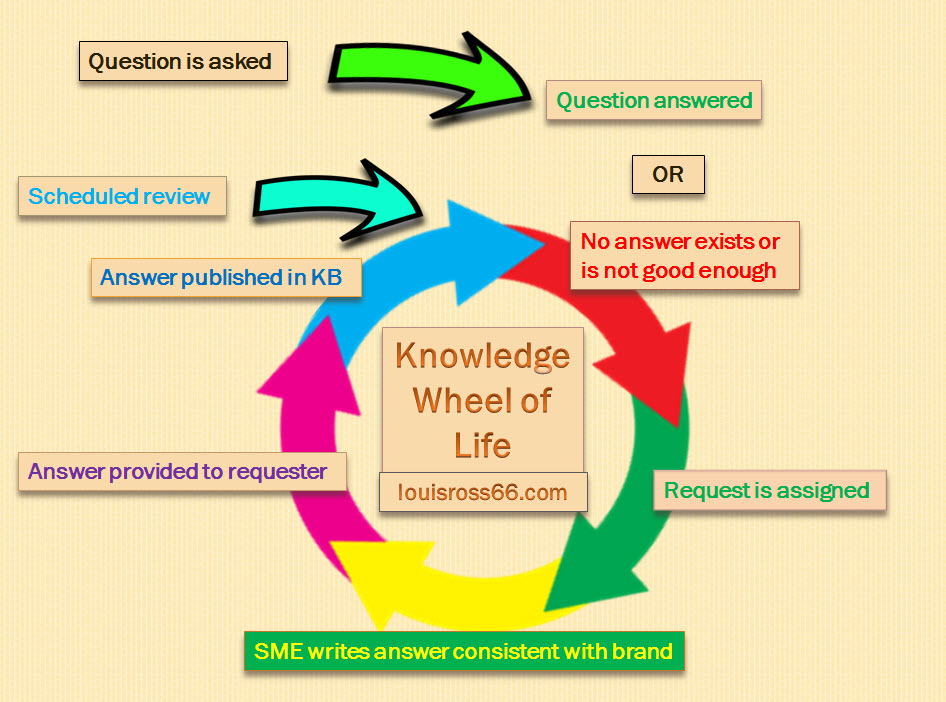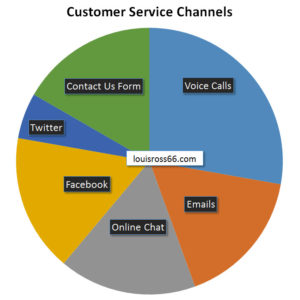(How to build a highly effective and responsive 24/7 customer support system/team)
If you lead the Customer Service/CX function for your company, your customers expect:
- Quick solutions to their issues (high first contact resolution)
- An agent available when they contact (no/low hold times)
- A satisfying user experience (or I’ll tell my friends!)
The CEO/C-Suite really expects one thing: provide great service (achieve what the customers expect) for less cost, year over year. To make that happen, you have to build a foundation that will grow with the business (scale) and cost less as a percentage of revenue as the revenues grow.
Here’s how to do it.
The five major components to building scalable customer service are:
- Knowledge management
- Process improvement
- Workforce management
- Operations analysis
- Operations leadership
High level, here’s how these five building blocks are paramount to great service and how to build them. When the company is small, you’ll have to do all/most of this. As revenues/number of customers grow, you’ll have to add managers of these areas to build each component deeply.
Knowledge management – think of it this way: garbage in, garbage out. You can have the nicest CSR in the world, but if the information that CSR has is wrong, the service will be bad. All questions that are coming in to the company need great answers. The answers must satisfy the users and build brand. The secret sauce here is to leverage your investment in this great information in a self serve helpcenter for your users. Measurables include FCR (first contact resolution), CSAT (customer satisfaction scores), and NPS (net promotor scores).
Process improvement – this is where CS can really help a company get better. How the app works or order is fulfilled is critical and users/customers contact a company when something doesn’t work right. CS must categorize and prioritize this feedback to keep the business improving the corresponding processes. A good business analyst needs to document internal and customer facing processes so CS can answer customers’ questions. A problem well defined is half solved and this is where solutions are made. And, the right tools must be in place; a world class CRM with help center functionality must be properly installed and maintained.
Workforce management – running Customer Service means having great people to answer contacts. Payroll isn’t cheap, so it’s critical to make the most of this investment. Forecasting is critical and scheduling, including adherence, is of course required. Measuring productivity/utilization is a must have – how would you ever know if you need to hire more? Software can help, and good coordinators are needed to make sure the right number of people are in the right place at the right time. Without good planning, forecasting, analysis and execution here, costs can quickly spiral out of control.
Operations analysis – so much analysis is needed in CS, and this is where the alphabet soup is thick: FCR, CSAT, NPS, ASA, AHT, ATR, ACW, and more – all the KPIs that are indicators of performance. And these indicators optimally should be built into a dynamic dashboard that leadership can access at any time to see how the team is doing. Throw in cost per contact, channel mix, and missed calls, and more – this analysis is vital to identifying where there is opportunity to do more with less.
Operations leadership – these are the leaders of people. CS is about people and bringing all that information and skill to each contact. This is the role most people think of in a “call center”. The other foundational pieces have to be in place for these leaders and their teams of agents to do a great job. A servant leadership style goes a long way.
The Head of CS who successfully builds these foundational blocks will be able to scale the business and handle growth as it comes. It’s tempting to just “hire agents” and try to take the calls/chats/emails as they come in, but that action is a short term band aid that will lead to frustration. The other pieces must be in place so that the agents can be excellent interacting with customers. Identify the top 10 contact drivers, write great answers/processes for these issues, document in the helpcenter, and train agents to efficiently handle these contacts – be excellent at what you do most. Then measure and set goals for constant improvement. These are the foundational keys for scalable, excellent service.








